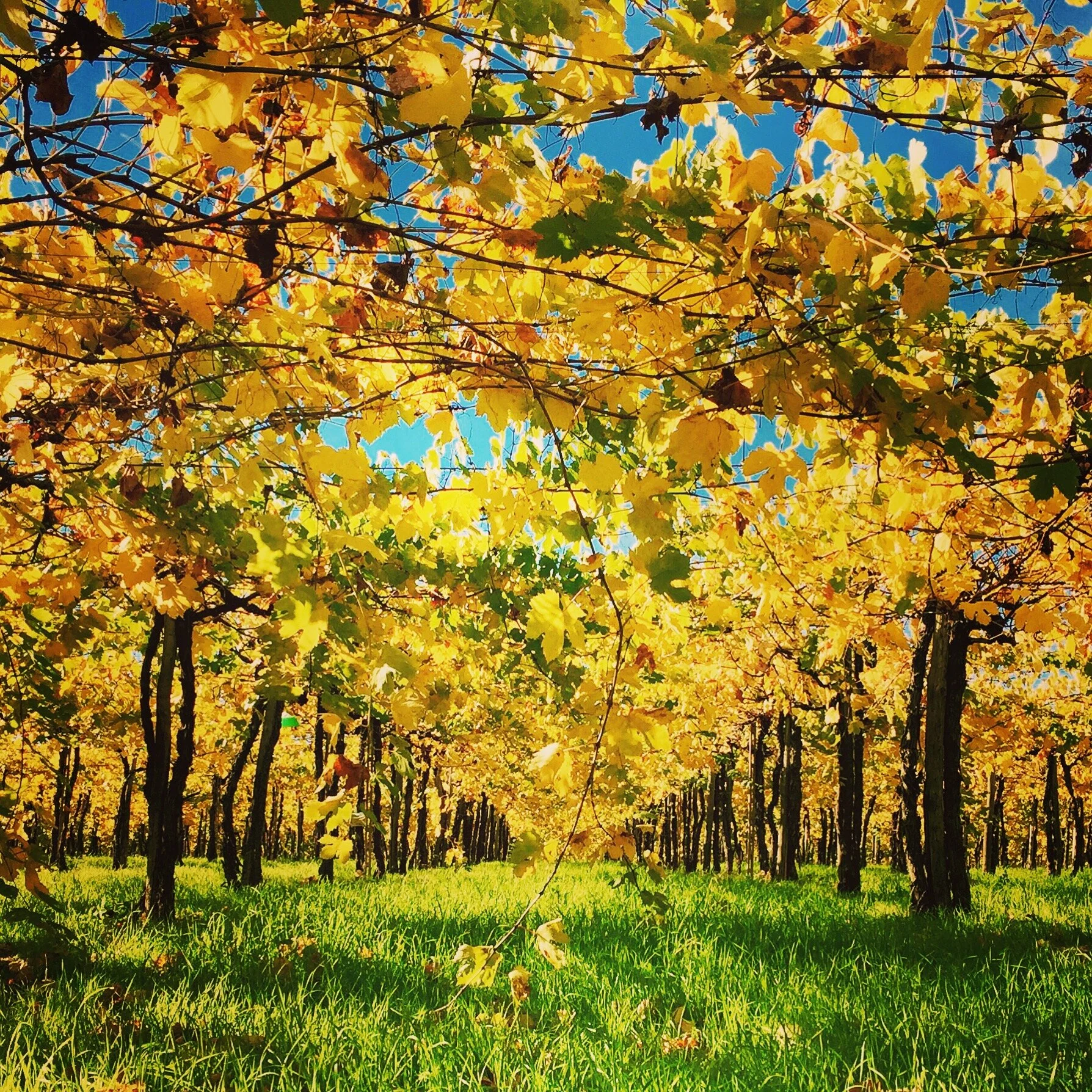Azienda agricola Tiberio
Cristiana & Antonio Tiberio
cugnoli
Abruzzo - Italy
story…
In the world of Italian wine, the Tiberio estate is a newcomer to the scene. Founded by Ricardo Tiberio after he came across a very old plot of Trebbiano Abruzzese vines situated at the base of the hillside town of Cugnoli just three miles inland from the sea. Ricardo had been the manager of an Abruzzo wine company for 30 years, so his knowledge of the local varieties and terroir was vast. So excited by having come across such old vine plantings of Trebbiano Abruzzese, this particular cultivar of Trebbiano is quite rare in all of Italy not just Abruzzo, in 2000 he quit his job and purchased the 8 hectare old vine plot along with 31 hectares of surrounding land. He then established the Azienda Agricola Tiberio winery and estate vineyards based around this 8 hectare plot of 50+ year old vines. He applied his decades long accumulation of knowledge to plant his estate to local, traditional and indigenous varieties to complement the existing Trebbiano Abruzzese vines. Ricardo also planted some small experimentation plots to international varieties, but ultimately they weren’t a success for the estate and his children replanted those plots to Trebbiano Abruzzese and Pecorino shortly after they took sole control of the estate.
It was in 2008 when Ricardo officially passed the reins of the estate to his two children, Cristiana & Antonio who continue to manage and run the estate to this day. Antonio has taken up the role of agronomist, where he manages, maintains and helps tend their collection of vines, olive trees and any other crops they have on their estate. Cristiana took up the role of winemaker as well as becoming the face of the estate around the world. She has degree in chemistry and spent time in Champagne and Australia and has done repeated visits to the Mosel and Chablis. Until 2011, when she took full responsibility for the winemaking, she worked alongside her father furthering her education and understanding of their vines and winemaking.
philosophy…
Cristiana & Antonio follow a very similar guideline for their respective work in the vineyards & cellar, which is to bring forth the greatest expression of the place through the vines and subsequently the wine produced from those vines. The work in the vineyards doesn’t really fit into a neat little box of one type of farming or another, although it is rooted and would mostly fall under organics. They have a belief that the most important aspect of vineyard work is to keep the life of the vineyard a top priority, thinking of the vineyard as a whole and not just as vines, which is why you will always see cover crops and grasses growing in between the rows and under the pergolas. All of their farming practices are focused on sustainability and is catered to their vines and their region. They have an added bonus of being fairly well secluded from any nearby farms or vineyards, meaning there are no contaminates from neighboring farmers that could potentially make their way into their vineyards.
In the cellar quality and transparency of the variety and place are at the forefront of how decisions are made. All of their wines, say for their newest addition of a single vineyard Montepulciano which is aged partially in barrique, are fermented in stainless steel tank and aged in stainless steel tank and/or bottle. As of 2012 Cristiana only relies on indigenous yeasts for all of their fermentations, and only the reds go through malolactic fermentations. None of the whites or their Cerasuolo are ever pressed, they use exclusively free run juice for the production of these wines, believing that this conveys the purest expression of the fruit, vintage and terroir.
Vineyards…
Their vineyards are all planted to massal selection cuttings from either their own vines or from historical vineyards in the area. Antonio and Cristiana, as is Ricardo, are firm believers in that massal cuttings make far better and more complex wines than ones produced from vines planted with clonal material. They currently hold a total of 30 hectares of vines divided into several plots around the estate. They never pull out a vineyard to replant, all replantings are done on a vine by vine basis and only when it is necessary.
Trebbiano Abruzzese
2.5 hectares of 60+ year old vines planted in the pergola canopy system | 3 hectares of 5+ year old vines in the cordon training
Pecorino
3.5 hectares of 15+ year old vines planted in the guyot training system
Montepulciano
4 hectares of 50+ year old vines planted in the pergola canopy system | 16 hectares of 15+ year old vines planted in the guyot training system

